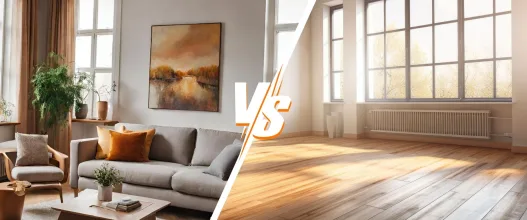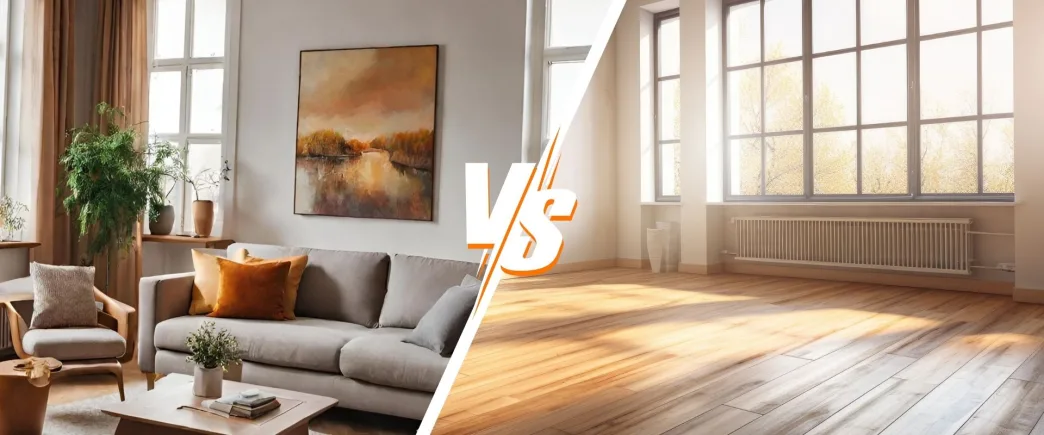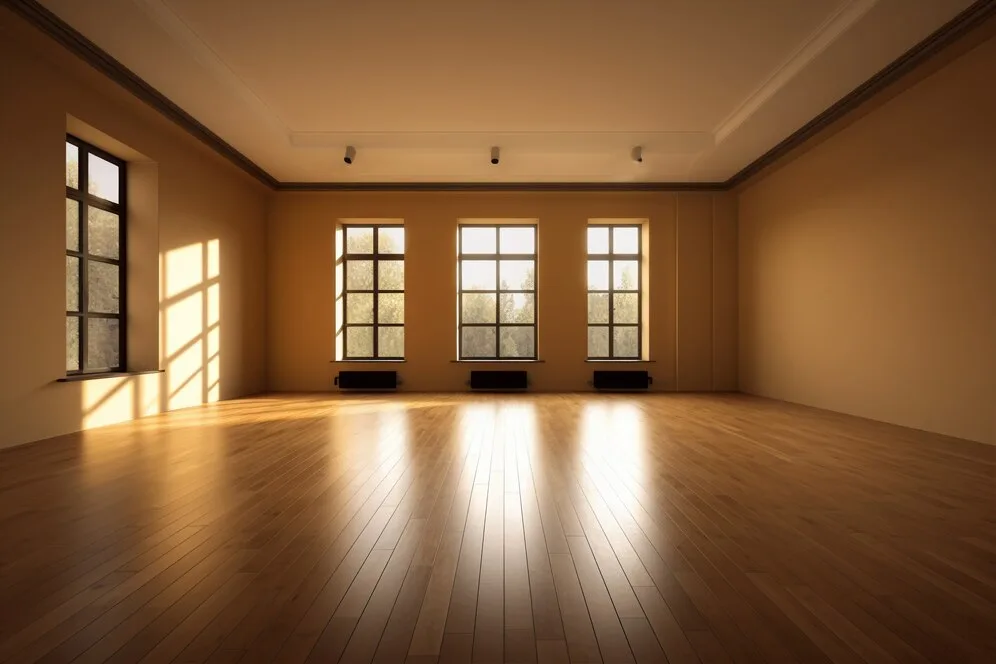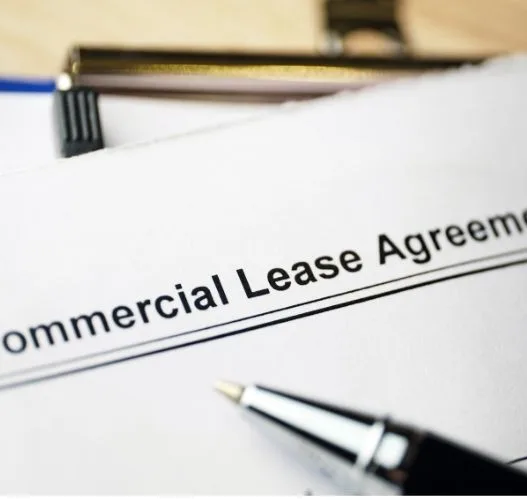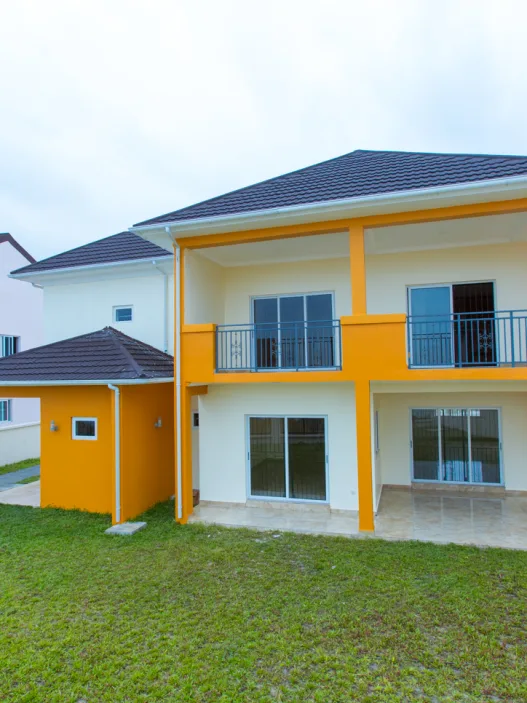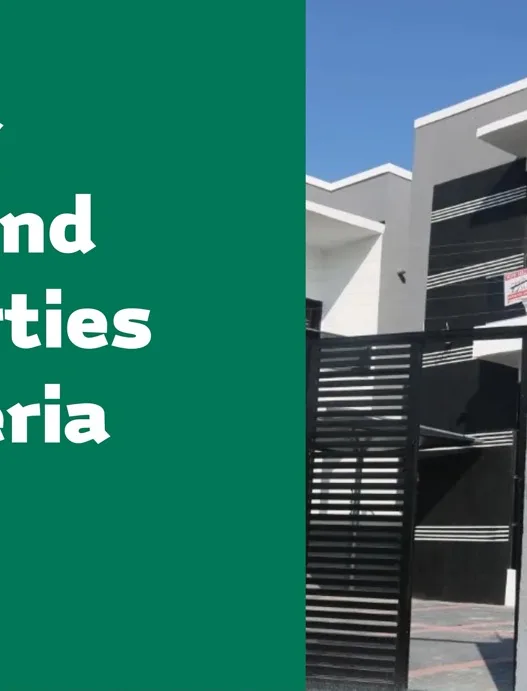When considering the right rental property, many people often find themselves debating between furnished vs unfurnished property. Whether you’re looking for convenience or more flexibility in terms of customization, each option offers unique benefits. In this article, we’ll break down the key differences to help you make an informed decision on what works best for you.
1. Understanding Furnished Property Rentals
A furnished property comes with most, if not all, of the furniture and appliances a tenant would need. Typically, furnished rentals include sofas, beds, dining tables, and kitchen appliances like refrigerators, microwaves, and washing machines. Here are some key advantages and disadvantages of renting furnished homes:
Pros of Furnished Properties:
- Convenience: Moving into a furnished apartment means you don’t have to worry about purchasing and transporting large items.
- Short-term Leases: If you’re looking for a temporary living situation or you move frequently due to work, furnished homes offer a perfect short-term solution.
- Attractive for Expatriates: For expatriates or individuals relocating to a new city or country, a furnished property can ease the transition.
Cons of Furnished Properties:
- Higher Rent: Furnished properties generally come with higher rental costs due to the convenience and the added value of pre-installed items.
- Less Personalization: With furniture already provided, you have limited freedom to customize or decorate the property according to your preferences.
- Wear and Tear Responsibility: You may be liable for damage to the furniture, adding extra stress to maintain them in good condition.
2. Understanding Unfurnished Property Rentals
Unfurnished properties are usually rented as empty spaces, meaning tenants will need to provide their own furniture. However, some basic fixtures like kitchen cabinets, sinks, toilets, and sometimes light fittings are included.
Pros of Unfurnished Properties:
- Lower Rent: Renting an unfurnished property is typically cheaper than a furnished one.
- Personalization: You have complete control over how to furnish and design the property, giving you more freedom to make it feel like home.
- Long-term Leases: Unfurnished properties usually attract tenants looking for long-term stays, providing more stability.
Cons of Unfurnished Properties:
- Upfront Costs: Moving into an unfurnished property can involve high upfront costs, as you’ll need to purchase essential furniture and appliances.
- Time and Effort: Furnishing a new home from scratch can be time-consuming and requires effort in arranging deliveries, installations, and setup.
3. Cost Comparison
The cost of renting furnished versus unfurnished properties is a crucial factor for many renters. Furnished properties usually command a higher rent, sometimes up to 20-30% more than unfurnished properties. However, the convenience of not having to buy furniture may offset these higher costs for some individuals, especially those who are only staying temporarily.
Furnished Properties:
- Higher monthly rent but fewer upfront costs (since no furniture needs to be purchased).
- Renters can expect an average increase of 20% over unfurnished homes due to the added convenience.
Unfurnished Properties:
- Lower rent but higher initial expenses for furniture and appliances.
- Ideal for long-term savings, especially if you plan to stay for an extended period.
4. Flexibility and Personalization
Flexibility is another important factor to consider when deciding between a furnished and unfurnished property.
Furnished Properties:
- Limited flexibility to change the layout or décor.
- Furniture is often standardized, leaving little room for personal preferences.
Unfurnished Properties:
- Total freedom to design and furnish the space as you please.
- You can invest in higher-quality furniture that meets your needs and taste.
5. Maintenance and Responsibility
Another significant consideration when renting furnished versus unfurnished property is the level of responsibility for maintaining the furniture and appliances.
Furnished Properties:
- You’ll need to ensure that all provided furniture is kept in good condition.
- If any furniture or appliances break, the tenant may be liable for repair or replacement costs, depending on the lease agreement.
Unfurnished Properties:
- With unfurnished properties, maintenance is generally limited to the structure and built-in fixtures.
- Since the furniture belongs to you, you have full control over repairs and replacements.
6. Who Should Rent a Furnished Property?
- Temporary Residents: If you’re only staying in an area for a short time, perhaps due to work assignments or school, furnished properties are a more convenient choice.
- First-time Renters: If you’re just starting out and don’t own any furniture yet, renting a furnished home can be more cost-effective in the short term.
7. Who Should Rent an Unfurnished Property?
- Long-term Tenants: If you’re planning to settle down for a few years or more, investing in your own furniture for an unfurnished property is more economical in the long run.
- Homeowners-in-Transition: If you’re transitioning between selling one home and buying another, an unfurnished rental allows you to move your own furniture with you.
Conclusion
Ultimately, the decision between renting a furnished vs unfurnished property boils down to your personal needs, budget, and lifestyle preferences. If you’re looking for convenience and a shorter lease, furnished properties may be your best option. However, if you value customization and plan to stay long-term, an unfurnished rental could be more suitable.
Get the best of Real Estate delivered straight to your inbox weekly.
Real Estate updates the way you want it.







